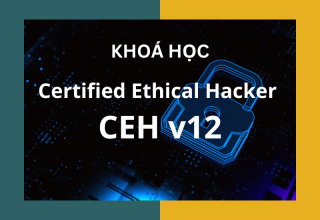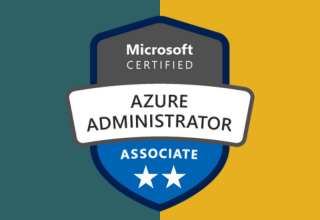COURSE OBJECTIVE
This course will provide you with the knowledge and skills to configure and manage a Microsoft® SharePoint Server 2013 environment. This course will teach you how to configure SharePoint Server 2013, as well as provide guidelines, best practices, and considerations that will help you optimize your SharePoint server deployment.
This is the first in a sequence of two courses for IT Professionals and will align with the first exam in the SharePoint Server 2013 IT Pro certification.
WHO CAN BENEFIT
The course is targeted at experienced IT Professionals interested in learning how to install, configure, deploy and manage SharePoint Server 2013 installations in either the data center or the cloud.
Students typically have more than four years of hands-on experience* planning and maintaining SharePoint and other core technologies upon which SharePoint depends, including Windows Server 2008 R2 or later, Internet Information Services (IIS), SQL Server 2008 R2 or later, Active Directory, and networking infrastructure services.
The minimally qualified candidate typically:
- Is an IT professional who plans, implements, and maintains a multi-server deployment of SharePoint Server 2013.
- Has a working knowledge of, and preferably hands-on experience, with SharePoint Online.
- Has broad familiarity with SharePoint workloads.
- Have experience with business continuity management, including data backup, restoration, and high availability.
- Has experience with authentication and security technologies
- Has experience with Windows PowerShell.
Hands-on experience or job experience is considered a solutions-based role where the candidate works within the solutions space covered by SharePoint, working on multiple solutions in the SharePoint space that includes document management, content management, and search.
GAINING SKILLS
After completing this course, students will be able to:
- Describe the key features of SharePoint 2013
- Design an information architecture
- Design logical and physical architectures
- Install and configure SharePoint Server 2013
- Create web applications and site collections
- Plan and configure service applications
- Manage users and permissions
- Configure authentication for SharePoint 2013
- Secure a SharePoint 2013 deployment
- Manage taxonomy
- Configure user profiles
- Configure enterprise search
- Monitor and maintain a SharePoint 2013 environment
COURSE CERTIFICATION
The secondary audience for this course are Business Application Administrators (BAAs) who are engaged in the administering line-of-business (LOB) projects in conjunction with internal business customers would benefit from an understanding of how to manage SharePoint Server 2013.
PREREQUISITE
An ideal candidate will have at least one year of experience with deploying and administering multiple SharePoint 2010 farms across a large enterprise. Because many customers skipped upgrading from SharePoint 2007, a candidate can also have at least 2 years of experience with SharePoint 2007 and knowledge of the differences between 2007 and 2010, particularly the Service Application model. A candidate can demonstrate the following skills:
- Software management in a Windows 2008 R2 enterprise server or Windows Server 2012 environment.
- Deploying and managing applications natively, virtually and in the cloud.
- Administering Internet Information Services (IIS).
- Configuring Active Directory for use in authentication, authorization and as a user store.
- Managing an application remotely using Windows PowerShell 2.0.
- Connecting applications to Microsoft SQL Server.
- Implementing Claims-based Security.
COURSE CONTENT
Module 1: Introducing SharePoint Server 2013
Module 2: Designing an Information Architecture
Module 3: Designing a Logical Architecture
Module 4: Designing a Physical Architecture
Module 5: Installing and Configuring SharePoint Server 2013
Module 6: Creating Web Applications and Site Collections
Module 7: Planning and Configuring Service Applications
Module 8: Managing Users and Permissions
Module 9: Configuring Authentication for SharePoint 2013
Module 10: Securing a SharePoint 2013 Deployment
Module 11: Managing Taxonomy
Module 12: Configuring User Profiles
Module 13: Configuring Enterprise Search
Module 14: Monitoring and Maintaining a SharePoint 2013 Environment






